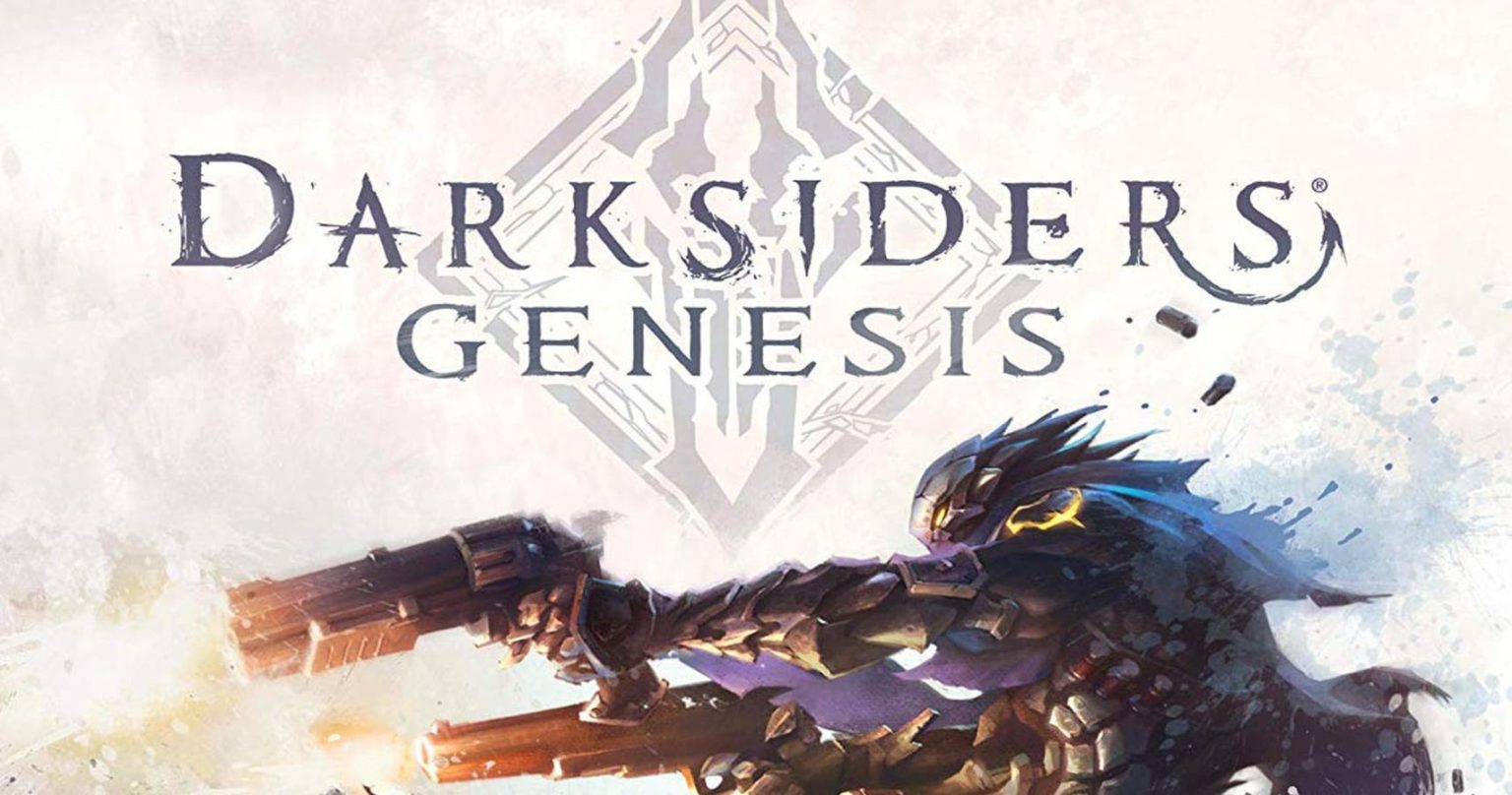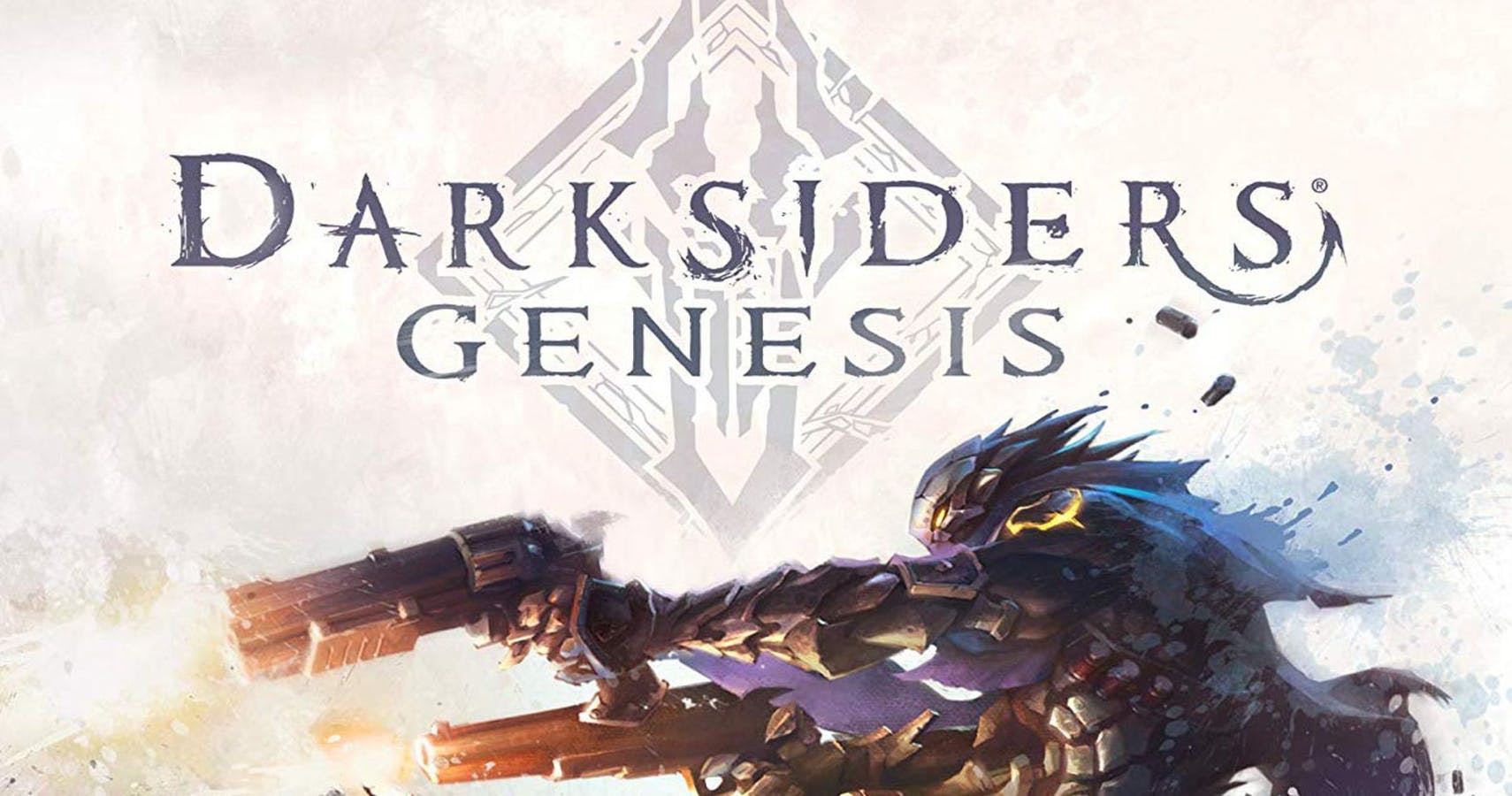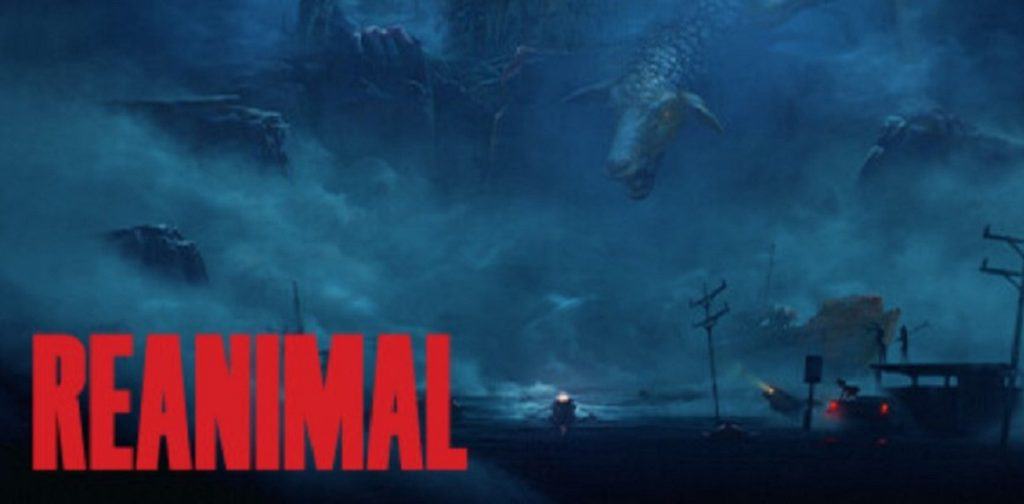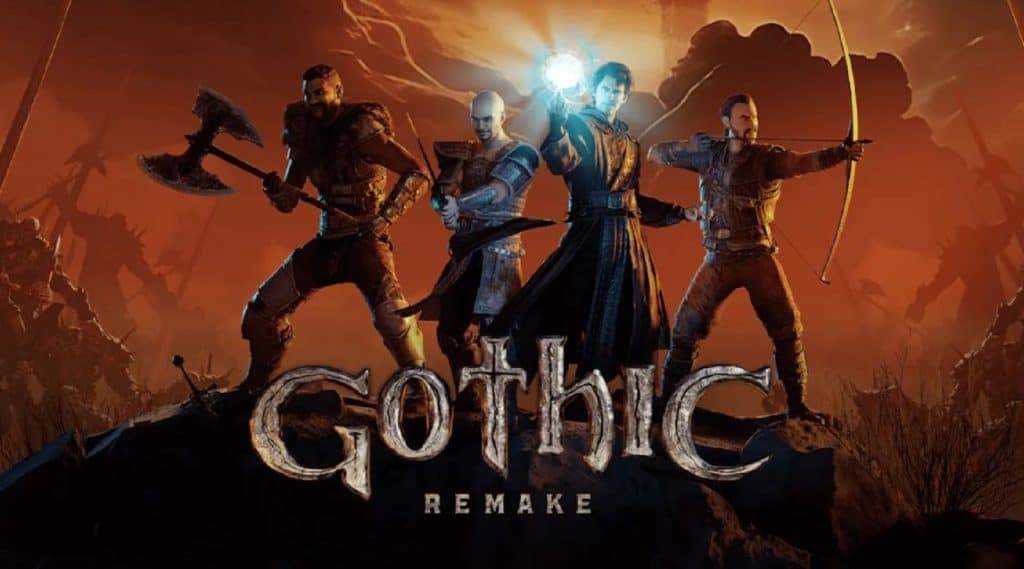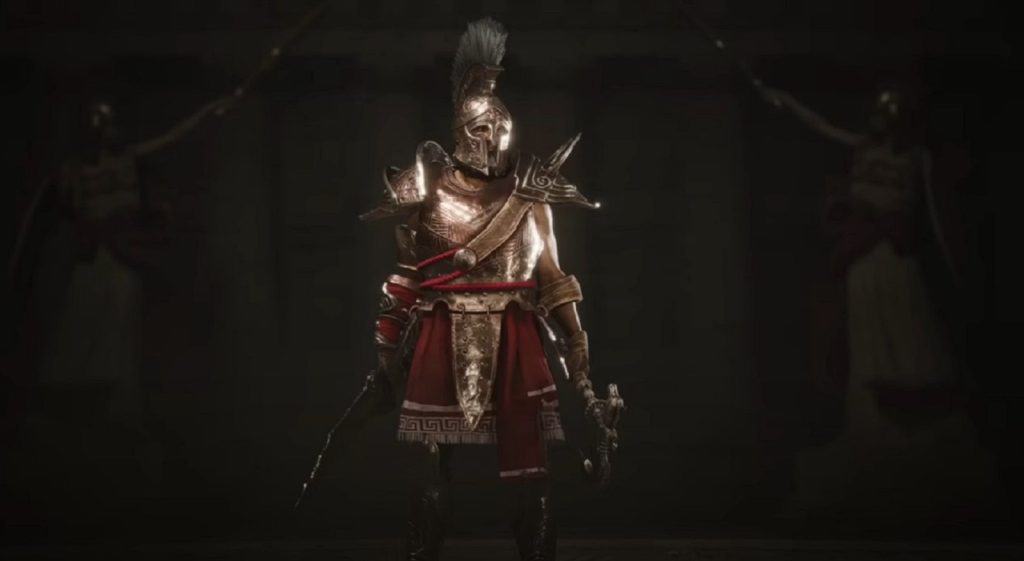Darksiders Genesis takes us back, all the way to the beginning of… well, everything. Before War’s imprisonment and his eventual release at the bidding of the Charred Council at Darksiders 1. Even before the stories of Death and Fury in Darksiders 2 and 3, respectably. Genesis tells the tale of the Horsemen War and Strife as they investigate the Demon Lucifer and his dealings with the other Lords of Hell. Oddly enough, this is Strife’s first playable outing in the series. The question is, does this game hold up enough to make it stand out compared to the series’ numbered installments? I think it does.
Darksiders Genesis is a top-down hack-n-slash dungeon crawler. The gameplay is split between the sword-wielding War and the dual handgun wielding Strife. Both characters have unique items that help them solve various puzzles all throughout the different corners of Hell and beyond. They also have access to an array of different offensive skills that aid them in clearing the many waves of enemies that stand in their way. In single-player mode, the player seamlessly switches between both characters. In split-screen co-op, two players take control of both characters at the same time.
War is a literal walking tank that jumps straight into the fray, no questions asked. His large health pool allows him to take the majority of the hits while dishing out a lot of pain. He can also guard attacks, nullifying most damage. In the right conditions, he can also parry incoming attacks. War is also capable of changing attack patterns in the middle of combat depending on his current enhancement.
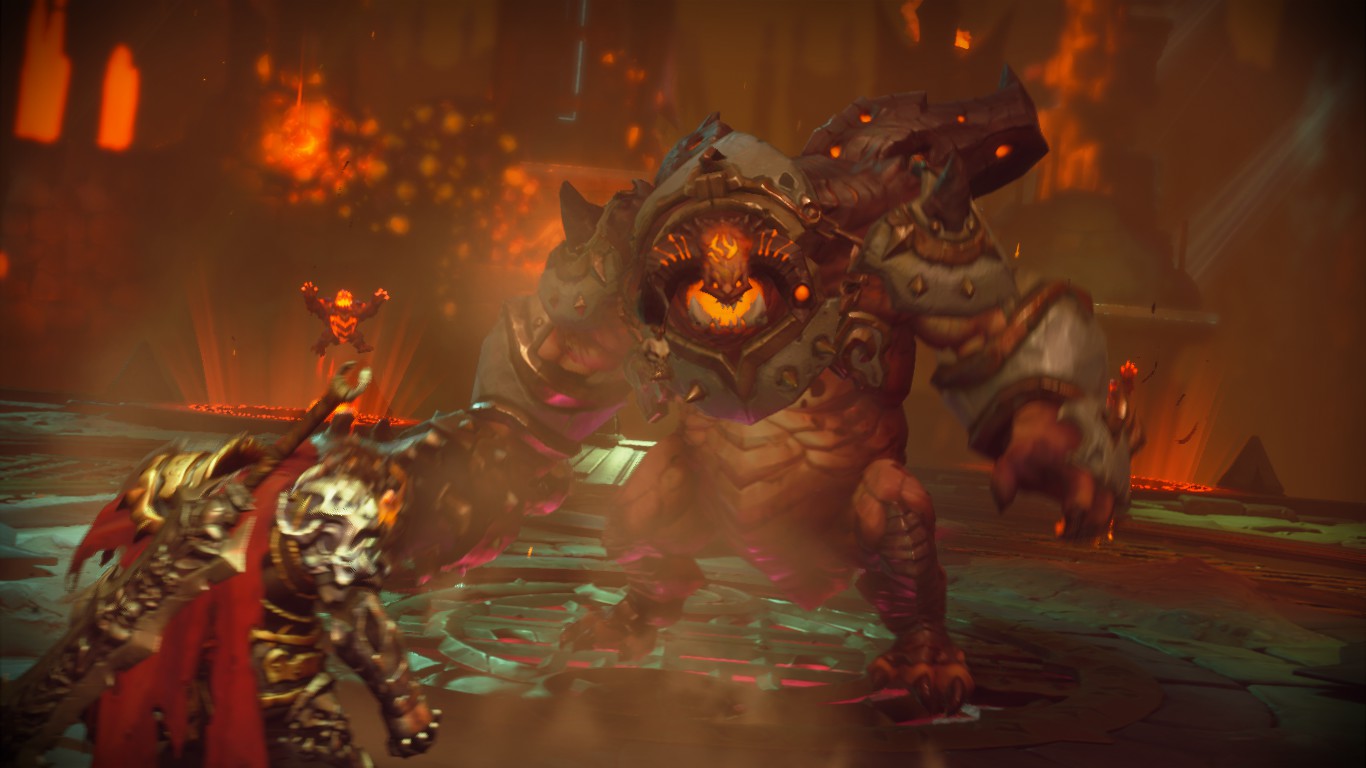
In contrast, Strife is a willy gunslinger that prefers to fight from afar. His handguns fire several different kinds of ammo types. Only Strife’s normal shots are infinite. All his other ammo types require ammo pickups from the field. Strife is great at kiting enemies and his multiple dashes allow him to get allow away from sticky situations.
As the story progresses, the player collects several artifacts that help solve the various puzzles throughout each level. Both horsemen have access to 3 different abilities that the player can freely switch between as easily as they switch characters. It’s satisfactory enough that most puzzles require a little bit of brainwork with the right tool. But the game goes so far as to include combination puzzles that require 2 or more of the artifacts in order to crack. This mechanic greatly encourages backtracking to previous levels just for the sake of testing out theories.
Finding and buying more of War’s enhancements and Strife’s ammo also come with other perks; namely passive abilities and stat increases. The more the player collects, the more powerful each character becomes. The character’s powers do not come from experience points. Instead, it all comes from the gear they carry. So far, each piece enhances both characters differently. It’s not all that uncommon for one character to have a higher level than the other. That has more to do with the amount of current equipment they carry rather than playtime. Furthermore, both characters also rely on the Creature Core system to determine their approximate level.
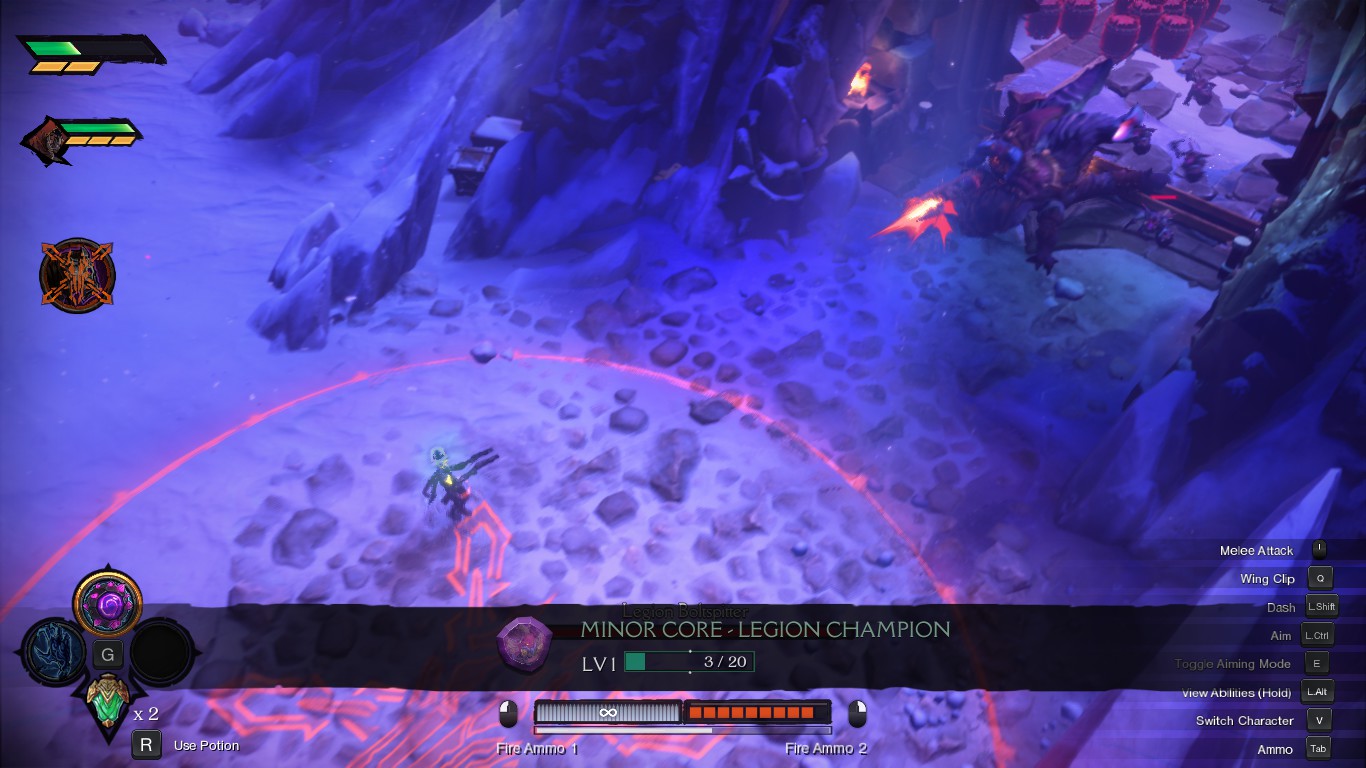
During combat, certain mobs drop creature cores when killed. By collecting multiple cores, it is possible to increase the level of the core, effectively making a more powerful version of the core. Some cores add a flat increase to the Horseman’s attack, while others add effects to dash and finishing attacks.
There are 3 different core types that the player must pay attention to; namely Attack, Wrath, and Health. Each slot on the chart connects to a central node that needs to follow a chain in order to avail of the core’s benefits. There a bonus for matching the right type of core with the corresponding slot. This gives further increases in any of the 3 attributes. Adding the wrong core to the slot does activate the core and complete the chain, at the cost of any bonuses. The same also applies to boss-type creature cores.
One last thing that players have to keep in mind when mixing and matching cores is the fact that there is a limiter in each slot. Some slots only allow for the activation of level 1 cores. Should the player insert a level 3 core in a slot that only allows level 1, the core stays at level 1.
Apart from the game’s very satisfying combat mechanics, it’s the creature’s core system that’s really enjoyable once you understand the finer details of the mechanic. Because of this, it’s almost worth going back to previous worlds just to farm for more creature cores. Alternatively, the player may opt to fight in the Arena, saving them the hassle of traveling the whole length of entire worlds.
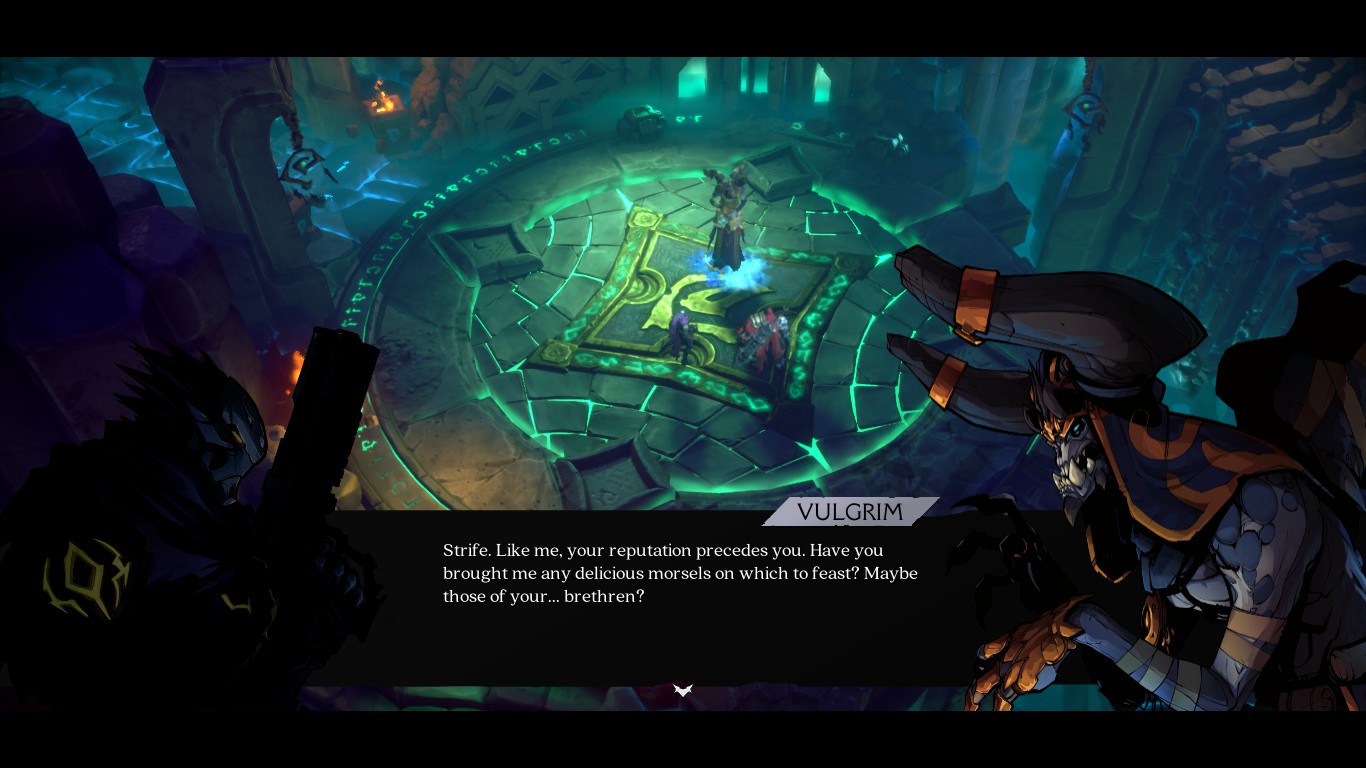
The Arena is a great place to hone and perfect combat and movement. The more points the player earns after 10 waves of enemies, the more stuff they’ll be able to acquire in terms of rewards. Fighting in the arena also guarantees creature cores, saving much time and effort in hunting down specific cores. Only a handful of challenges are open from the start. The rest of the challenges open up once the player reaches a certain point in the story. A recommended level appears at the bottom of the screen, informing the player of the difference in power. Though they are free to enter, even if the enemies are vastly more powerful.
The demon Vulgrim makes a return to the series, offering his serves in exchange for souls and Boatman’s coins. Since there is no shortage of souls in each map, the only limiting factor in each transaction is the Boatman’s coins. The coins are spread throughout the map and some even take a good amount of platforming and puzzle-solving to acquire. Thankfully, there are enough coins lying about that progress continues at a steady pace. Just don’t go spending all the coins in one place.
Vulgrim’s wares range from stat boosts to creature cores. Incidentally, it’s in his non-combat services that I find myself spending the most at. As the story progresses, I often look closely for Health potion upgrades and useful creature cores before improving my arsenal of moves. The demon Dis is another merchant of sorts who sells modifiers to the pair’s movement and attack skills. In my experience, I don’t make use of this service often, just because most of the activation requirements are conditional. (In actuality, funds are often low by the time I check on her wares…)
Moving on to the story of the game, there is a sense that the overarching story plays second fiddle to character interactions. It’s kinda hard to explain but it seems like the plot points in the story are just there to give the Horsemen a reason to visit different worlds. And upon arriving at each world, do the job they’re most qualified for – kill loads of demons. In fact, there is little reason to return to previous worlds, other than collecting hidden chests and leveling creature cores. Once the big bad boss goes down, going back to the hub world is the automatic next step.

However, the interactions between War and Strife are where the game’s writing truly shines. The witty and the overly sarcastic Strife often pokes fun at the duty-bound, no-nonsense War. Often to the point that it’s like a comedy duo playing off each other. This relationship is at its most meaningful when the characters talk about the things they did in the War for Eden. It’s during times like this that we see the inner conflict boiling underneath Strife’s persona. The conversations usually end with War keeping their minds focused on the mission. Definitely the one thing that stays with the player long after the game ends.
The classic Darksiders combat design shines through in this game. Despite being in the isometric style, War’s heavy sword swings do damage the fitting of its visuals. Smaller enemies have knocked around like rag dolls, while larger enemies find it difficult to find an opening to attack in between War’s relentless blows. When it’s time to bring out Strife, expect there to be non-stop shooting. Moreover, the moment his Hotstreak meter fulls up, his efficiency goes through the roof. If this whole thing doesn’t paint a picture of mayhem and destruction, just wait until the duo receives their Anarchy Forms.
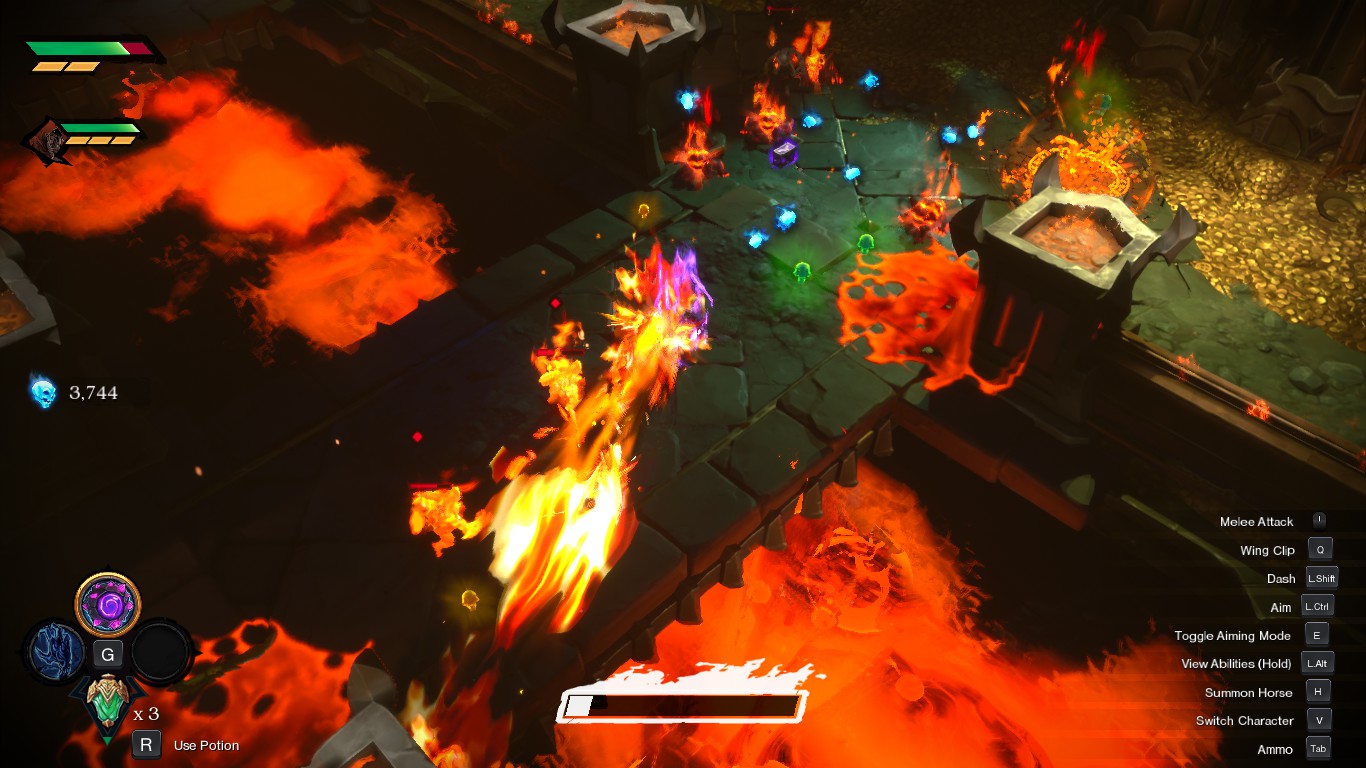
One of the best feelings one could get from the game is when the player discovers a new ability that totally redefines the whole combat experience. For me, it’s when I found War’s Death Touch enhancement. Equipping it, allows War to tag enemies with the death touch. Upon death, the enemies explode, damaging surrounding enemies and tagging them with death touch as well. I’m really glad I went out of the way to explore the map and Death Touch is just the perfect reward.
On the shortlist of things, I don’t like about the game is the fact that the foreground gets in the way of action. Weirdly enough, it doesn’t happen all that often. There are times when the action goes all the way back to doorways. Wouldn’t it nice to able to see the object and enemy outlines alongside the character’s outlines? Unfortunately, it ends up being a blind fight and it really sucks.
Furthermore, signs of lapses in testing are evident throughout the world. There are places near the edge of cliffs that character models mysteriously fall through. At best, it usually takes a couple of jumps to get back to solid ground. At worst, the character respawns back on the cliff. Also, the lack of polish extends to the UI. It happens most often when both horsemen die and the UI fails to refresh, leaving me staring at respawn timers until the enemy kills them again. The most annoying sequence breaking glitch happened when I was fighting a mini-boss and was pushed back to previous areas. When I got back to the designated area, the animation played for a second time, and the gate just closed. After defeating the mini-boss, I was stuck with no option but to replay the entire sequence again.
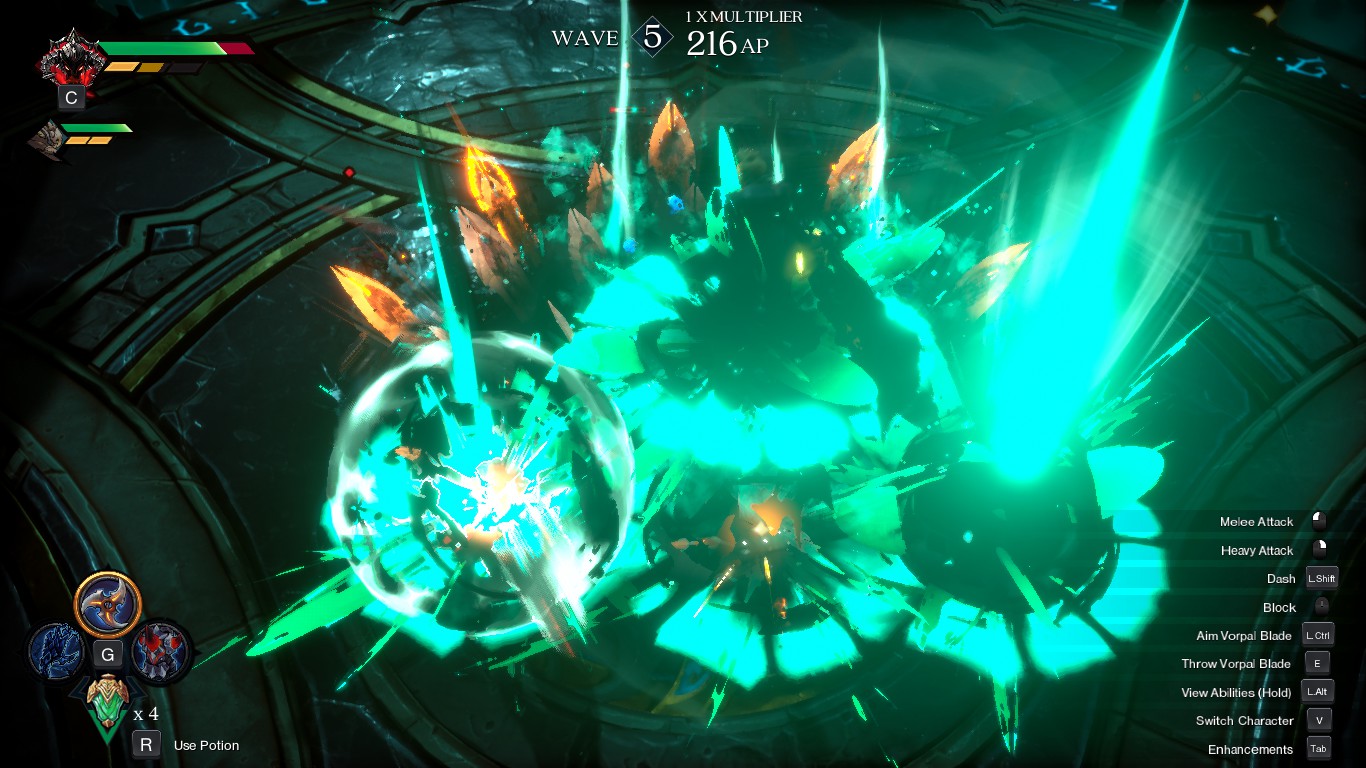
Darksiders Genesis may lack the polish and visual spectacle of previous numbered entries. But make no mistake, this game is a Darksiders game to the core. The games strike a balance between combat, puzzle-solving, and exploration while encouraging experimentation in all aspects. That’s not an easy feat to pull off. It’s just a shame that a few minor issues hold it back from being a truly great game. Aside from the technical issues, the rewards for grinding out max stats aren’t really worth it.
In any case, this is the perfect game to start delving into the Darksiders franchise. Unless there is a future game that explores events related to the War for Eden, it doesn’t go any further back than this. The events of Genesis ultimately connect to the events of the first 3 games – without having the need to know anything about them. If this proves anything, it’s that the Darksiders hack and slash style of gameplay translates well into the isometric view. Personally, I hope they explore the idea more. Or just release Darksiders 4, that works too.
I recommend this game to players who enjoy hack-and-slash action games who don’t mind a bit of platforming from time to time. If you enjoy isometric combat games, that’s a great plus. And don’t worry about prior knowledge. If this game truly interests you, you’ll no doubt want to see what the other games are all about.



